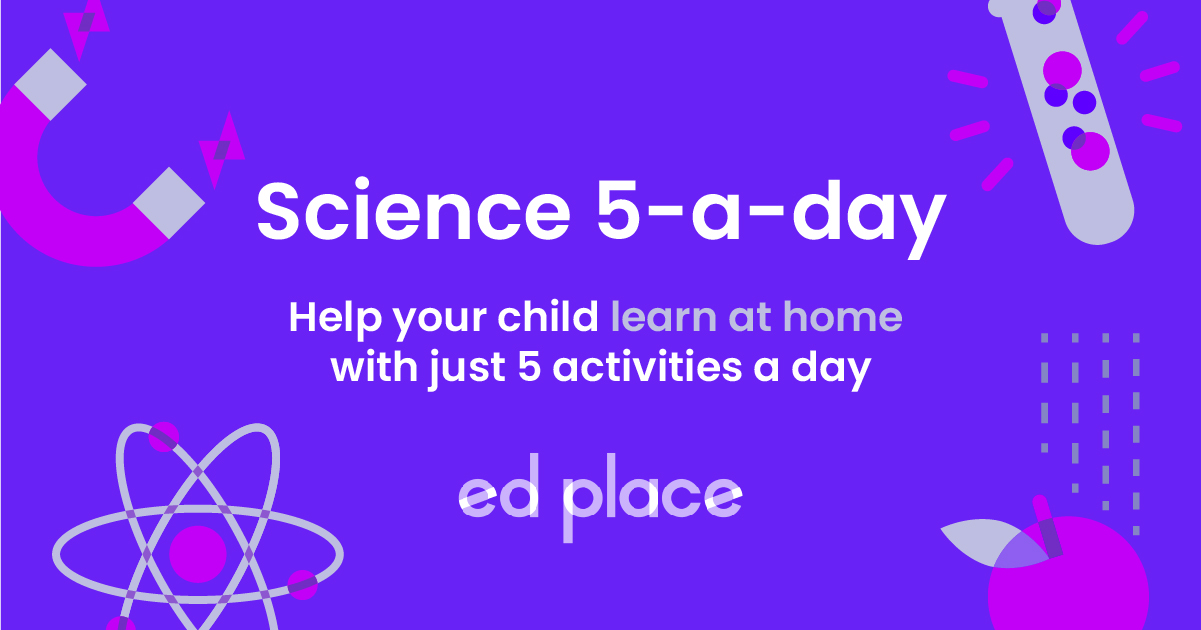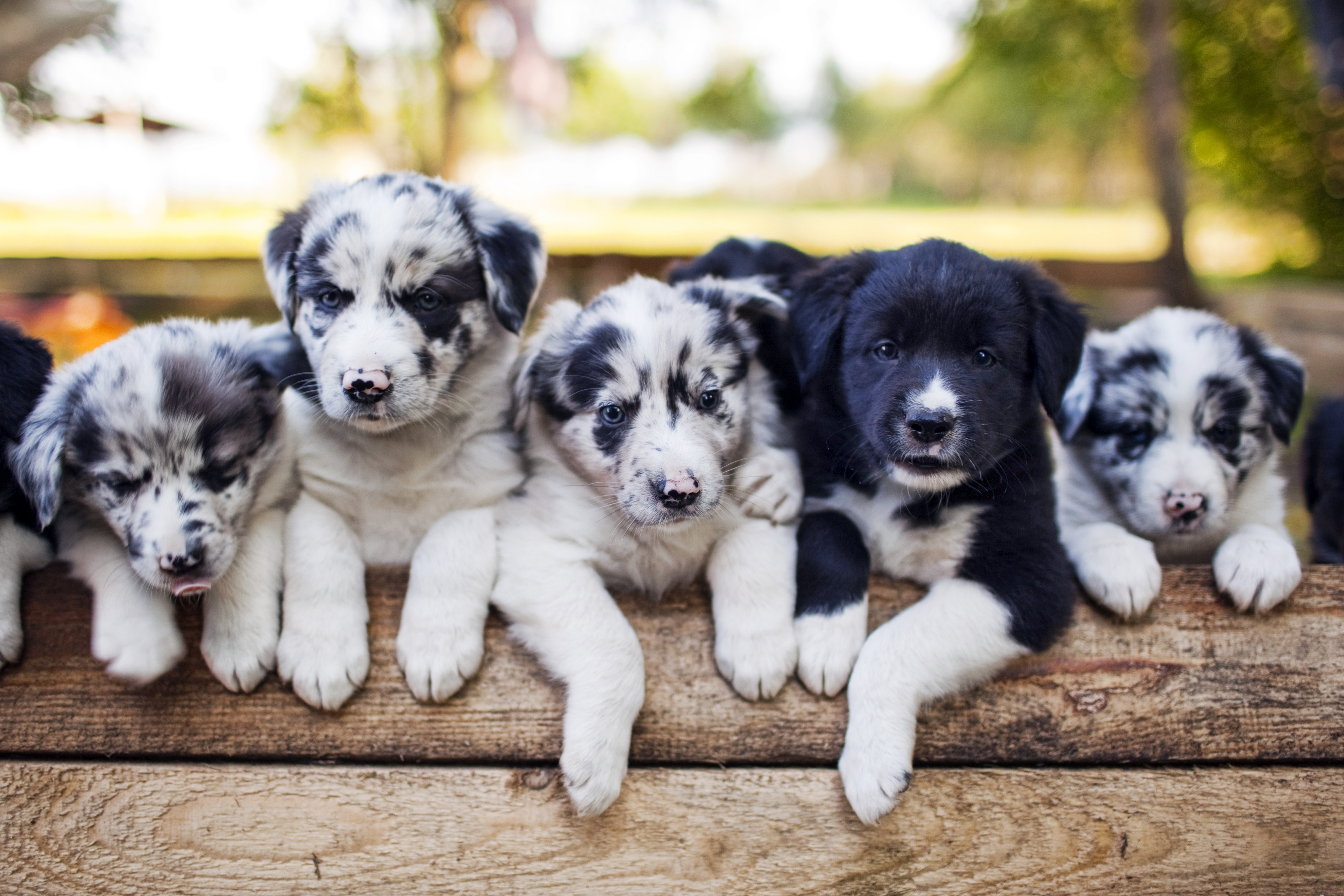
EdPlace's Year 7 home learning science lesson: Continuous and Discontinuous Variations
Looking for short lessons to keep your child engaged and learning? Our experienced team of teachers have created English, maths and science lessons for the home, so your child can learn no matter where they are. And, as all activities are self-marked, you really can encourage your child to be an independent learner.
Get them started on the lesson below and then jump into our teacher-created activities to practice what they've learnt. We've recommended five to ensure they feel secure in their knowledge - 5-a-day helps keeps the learning loss at bay (or so we think!).
Are they keen to start practising straight away? Head to the bottom of the page to find the activities.
Now...onto the lesson!
Are You Up to Speed in the World of Variation?
Inheritance isn’t really an everyday topic discussed over the dinner table! The last time you probably spoke to your child about inheritance may have been about eye or hair colour and similarities with family members. Inherited or environmental differences between organisms are known as variations, some are continuous, and others are discontinuous.
In the next 5 steps, we aim to help improve your understanding of this topic and we’re confident by the end of this that your child will be able to:
1) Identify different variations
2) Apply their knowledge
3) Compare the different types of variations
Step 1: Learning the Lingo!
Before we jump into identifying the types of variations it’s important to check that your child understands what the key terminology means.
A variation is simply the differences between organisms either of the same species or different species. Humans belong to the same species yet there are lots of ways we're different. Some people may have brown coloured eyes while others have blue eyes; this is an example of a variation.
Step 2: What's Inheritance?
It doesn't take long for very young children to notice that all people look different from one another. At young ages they're asked to identify similarities in families, for example they may all have the same eye colour in their families or have a similar shaped nose! This is what we call genetic inheritance.
Inherited or genetic variation is a feature that has been passed on from parents to their offspring, it's in your genes, so, for example, the brown hair that a child has from their mum. This happens in animals and plants too, and you can often see it in litters of puppies or kittens! What other examples of inherited variation can you come up with together?

Other characteristics are due to a person’s surroundings or environment. For example, a scar on your arm from when you fell over as a child. You don’t inherit these. Other examples of environmental inheritance include, language, and religion. Can you think of any other environmental factors that may affect variation? It's worth at this point encouraging your child to think about your own family and work out what features people in your family have inherited and which features members of your family have that are environmental?
Step 3: Continuous vs Discontinuous?
So, we've mentioned that there are two types of variation, continuous variation and discontinuous variation. We're going to first begin by looking at continuous variation. If students can grasp this they are well on their way to success int his topic! Continuous variations mean that a feature is able to be measured and there are a wide range of values for this. For example 'human height'. It spans from the smallest person in the world to the tallest, and everyone else can fit in between! Shoe size is another example of continuous variation, from teeny newborn babies feet, to really large adult feet, there is a range of possible places where you can fit in on the scale.
Other variations can’t be measured, for example, one child may be able to roll their tongue while another can’t. There isn’t an in-between, (you can’t half roll your tongue!) so we call this a discontinuous variation. When you think of the word discontinuous think of discrete or distinct (as in distinct categories). What other differences can you think of where there is not a range but simply a 'yes' or 'no' response?
Step 4: Let's have a go
Why not apply your knowledge to the following questions?
Identify whether each variation is continuous or discontinuous.
1) Natural eye colour
2) Length of hair
3) Having a cold
Compare the following variations and state why they are different:
4) Shoe size and foot length
5) Having a tattoo and length of an arm
Step 5: Let's apply your knowledge
Now, you’ve covered this together why not put this to the test and assign your child the following 5 activities in the following order.
All activities are created by teachers and automatically marked. Plus, with an EdPlace subscription, we can automatically progress your child at a level that's right for them. Sending you progress reports along the way so you can track and measure progress, together - brilliant!
Activity 3 - Sorting Organisms
Activity 5 = Environmental Variation
Answers:
1) Discontinuous variation
2) Continuous variation
3) Discontinuous variation
4) Shoe size is an example of discontinuous variation whereas foot length is continuous variation. This is because shoe sizes are distinct categories and aren’t measured (a bit of a trick question, as you can be a shoe size 5 or 5½ but you can’t be a shoe size of 5¼!) whereas foot length is continuous variation as it can be measured from a range of values (for example 21.6cm).
5) A tattoo is discontinuous as it’s a distinct category and length of the arm is continuous as it’s a measurement.
Keep going! Looking for more activities, different subjects or year groups?
Click the button below to view the EdPlace English, maths, science and 11+ activity library








